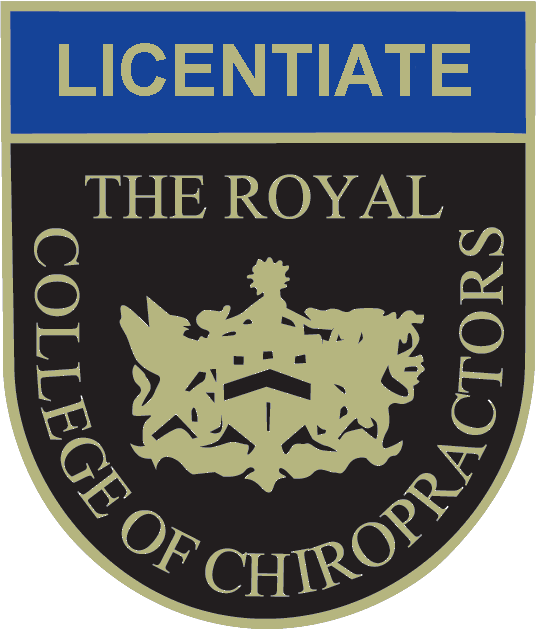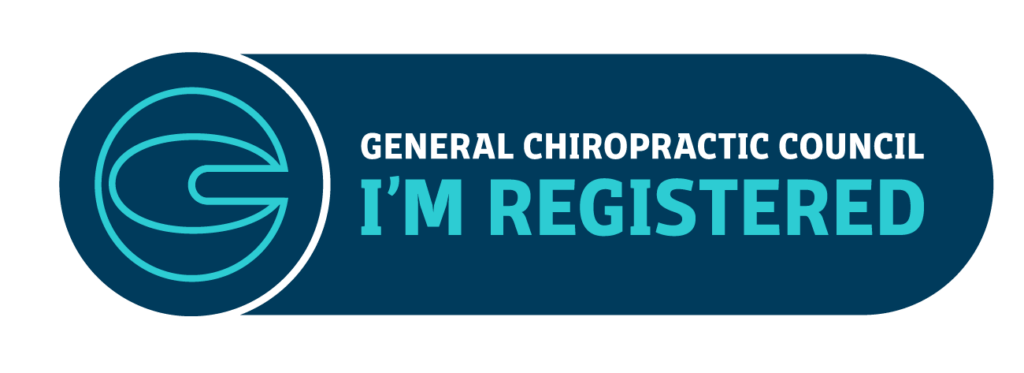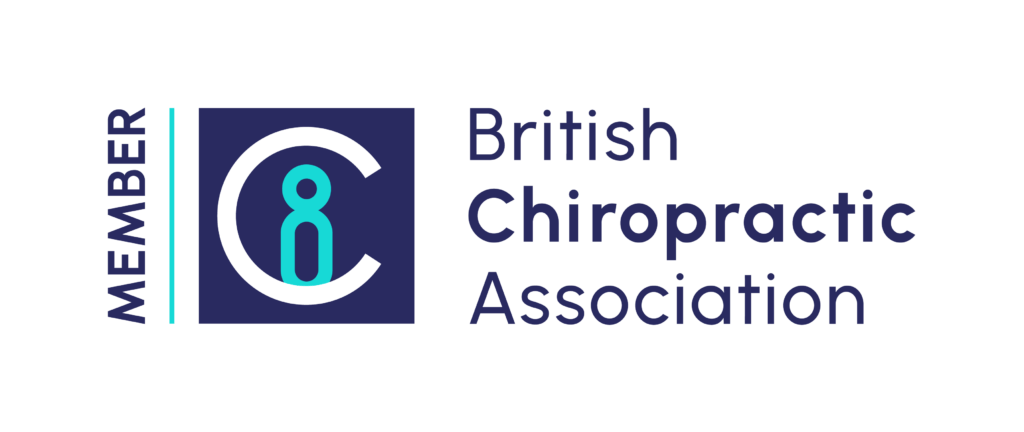What to Expect
History
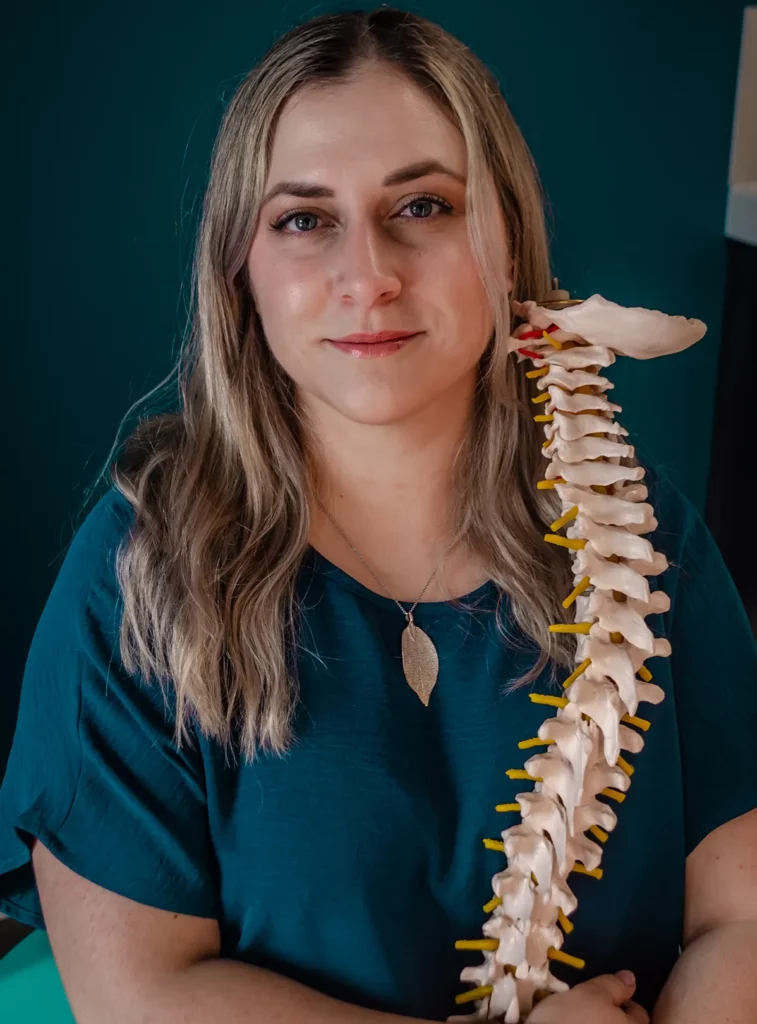
Examination
After this, your chiropractor will perform a comprehensive physical examination of your musculoskeletal system. This will involve a range of motion assessment, as well as a full orthopaedic and neurological examination. You may be asked to remove your shoes, belt and your top to help the chiropractor assess your spine and general posture. During the examination, your chiropractor may ask you to perform specific movements to test the affected areas, such as lifting your arm or leg in a certain way. She may also apply light pressure over the painful area to determine which structure is causing the pain. All of these tests will help your chiropractor to accurately diagnose and treat your condition.
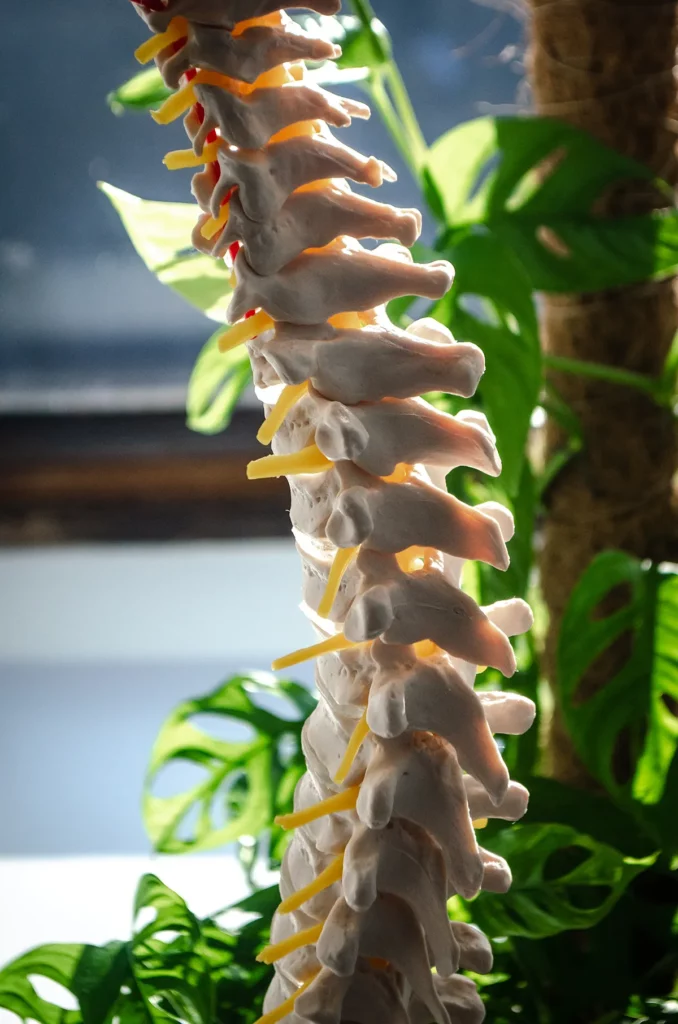
Discussion
Your chiropractor will then explain all the findings to you in a way you can understand. She can demonstrate what is causing your pain using models, charts, and diagrams. After this, your chiropractor will advise you on the best plan of action to resolve your issue, including the recommended number of sessions and their frequency. We encourage you to ask any questions you might have – we love curiosity!
Your chiropractor will also provide you with advice on how to manage your condition at home and prevent it from recurring. This may include advice on posture, exercise, nutrition, and lifestyle changes.
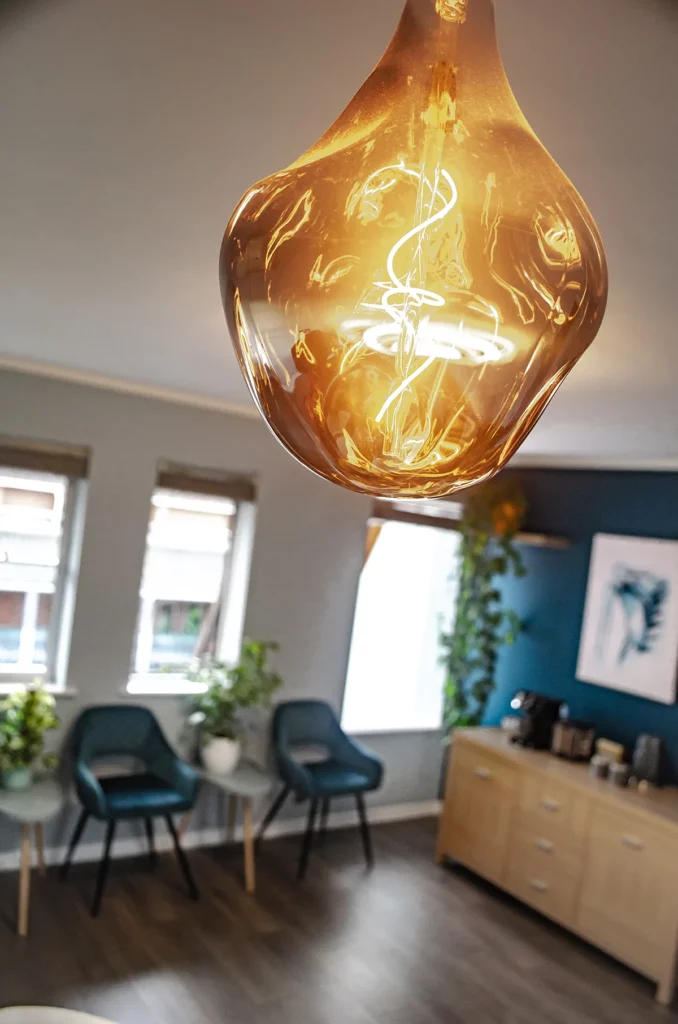
Treatment
After we have agreed on a plan of action, we can proceed with your first treatment. You will be asked to lie on the treatment couch, usually face-down. Your chiropractor may use a combination of techniques to treat your condition. These may include joint manipulation, joint mobilisation, soft tissue work, stretching, dry needling (Western acupuncture), and applying kinesiology tape. Your chiropractor will provide step-by-step explanations of the various treatment modalities she uses, so you can make an informed decision about your care. She will always ask for your permission before applying any new treatment, ensuring that the entire process is undertaken with your full consent.
Find out more about the treatment modalities here:
Joint manipulation
Joint manipulation is a safe and effective technique used by chiropractors to help restore normal joint movement and function. It involves the application of a quick, controlled force to the joint, which may produce an audible click or pop. This helps to improve range of motion, reduce pain, and improve overall function.
Joint mobilisation
Joint mobilisation involves the application of a gentle, sustained force to a joint in order to increase its range of motion and reduce pain. The force is applied in a specific direction and may be combined with other manual techniques such as stretching, massage, and manipulation.
Soft tissue work
Soft tissue work involves applying pressure to the muscles, tendons, and ligaments to help reduce tension and improve flexibility. This can help reduce inflammation, improve range of motion, and improve overall function. It can also help reduce pain and improve posture.
Stretching
Stretching helps to improve flexibility and reduce tension.
Dry needling
Dry needling is a Western form of acupuncture which involves inserting thin needles into the trigger points of the muscles, which are areas of tightness or knots that can cause pain and dysfunction. Dry needling can help reduce pain and muscle tightness.
Kinesiology tape
Kinesiology tape is a type of elastic tape used to provide support and stability to muscles, joints, and ligaments. It is applied in specific patterns to help reduce pain, improve range of motion, and promote healing. The tape is designed to mimic the elasticity of the skin and provide support without restricting movement. It can be used to help treat a variety of conditions, including muscle strains, tendinitis and joint pain.
Follow-up sessions
Stages of treatment
- Relief: At Choice Chiropractic Chelmsford we understand that when you first come to us, you may be in a lot of pain and discomfort. That's why we recommend an initial course of frequent treatments - this will help us to reduce your symptoms as quickly as possible.
- Recovery: Once your symptoms have started to improve, we will focus on correcting the underlying problem that caused your pain in the first place. As your condition improves, the frequency of your visits will decrease. However, it is important to remember that pain is the last thing to come on and the first thing to go – and the absence of pain does not always mean the underlying cause of the pain has been resolved.
- Maintenance: After a successful recovery, your chiropractor may recommend regular visits to continue to keep your body at its best. Think of it as your car’s MOT – a little touch-up to pick up on any issues that may have been silently building up – and resolving them before they have a chance to cause trouble.

